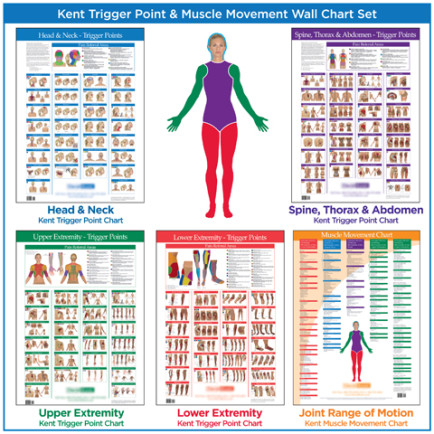Trigger points are small areas of spasm inside your muscle. When “struck” trigger points can sometimes cause debilitating pain that can make it difficult or temporarily even impossible to move. For generations, the answer to pain caused by trigger points was opioids. However, with the use of a trigger point chart some hospitals have begun using alternative methods for pain management. Let’s take a look at one of those alternative methods.
Dry Needling
It’s no secret that the country is currently in the middle of an opioid epidemic. It’s also no secret that a hospital ER is the biggest prescriber of opioids in the United States. Some hospitals, like St. Joseph’s University Medical Center in Paterson, N.J. have begun using alternative methods though when treating patients for pain. In fact, the strategy has led to a 58% drop in the ER’s opioid prescriptions in just the first year that the program has been in place.
One of the methods that St. Joseph’s uses is dry needling the trigger point of the pain. Unlike opioids which are rarely actually able to penetrate the spasm and trigger point, a dry needle can break up the muscle tissue and mechanically stop the spasm and the pain. The dry needling is followed with a small injection of a local anesthetic for the soreness caused by the needle.
Are You in Need of a Trigger Point Chart?
At Kent Health Systems we offer charts and training aids to better help you serve your patients. Contact us today to learn more about the products and services we offer.
